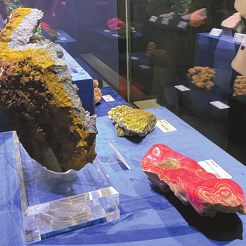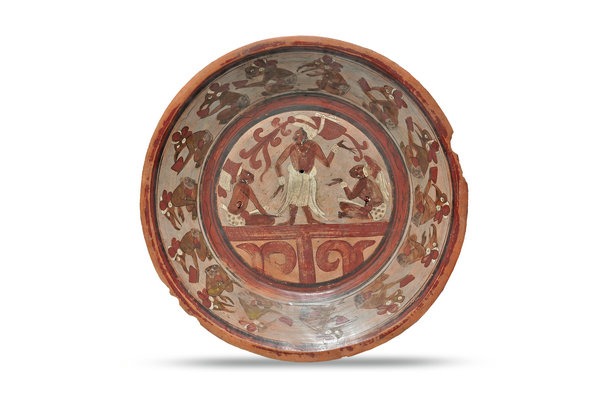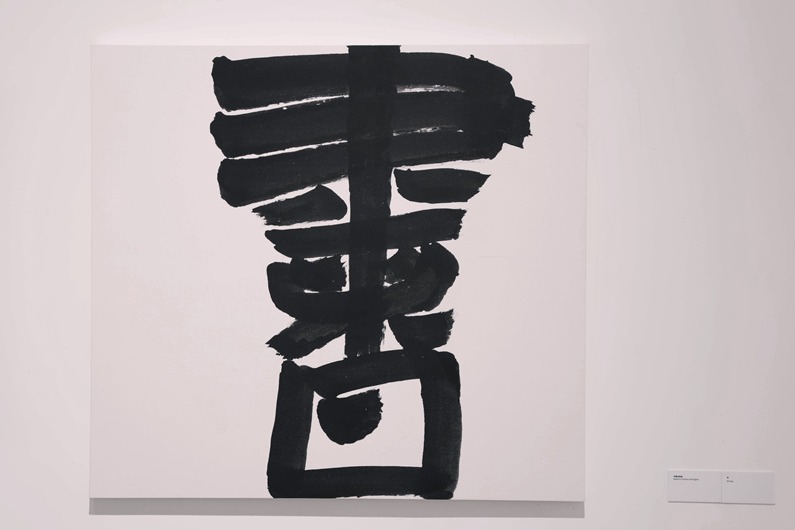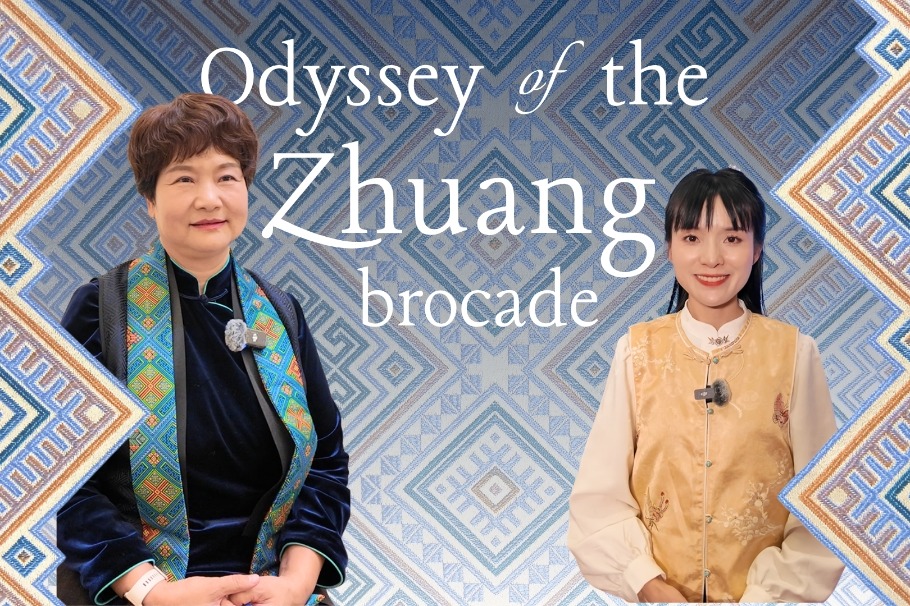Unearthing Earth's memory through rocks and minerals


Wan Shilin, head of the Natural History Museum of China, welcomed guests by drawing a poetic parallel. "Just as a mountain glows by containing jade, and a river charms by embracing pearls," he says, "each specimen is a crystal of the Earth's pulse, a messenger traversing hundreds of millions of years, quietly yet powerfully narrating the great changes of our planet." Among the star exhibits is a striking tourmaline, or bixi, highlighted by Miao Yuyan, the museum's exhibition development director. Calling it a "treasure of the museum's collection", Miao says it captures the essence of the show.
"Its interior is a riot of colors, like a captured rainbow," she says, adding that complex mineral composition and varying trace elements like iron and manganese create its unique palette. "It's like a master colorist from nature."
Beyond its beauty, the tourmaline possesses some scientific properties. "It generates an electric charge when heated or pressed, even attracting dust, which is why it's also called the 'dust-collecting stone'," Miao adds.
The exhibition guides visitors through four thematic sections. The first, Myriad Forms of Crystal Structures, delves into the origins of minerals through interactive displays. The second, Whispers from Deep Time and Earth, explores the rock cycle and features meteorites as interstellar messengers.
The narrative then links geology to human progress in the third section Civilization's Flint, which traces our reliance on minerals from the Stone Age to modern technology. The finale, A Curated Selection of Rocks and Minerals, offers a visually stunning immersion, highlighted by a 420-million-year-old orthoceras fossil, a genus of extinct marine cephalopods that lived approximately 488 to 443 million years ago.
As its conclusion states, formed over hundreds of millions of years, these geological treasures are essential to key fields: they are the base materials for integrated circuits, core elements for clean energy technologies, and critical components for advanced industrial systems — all vital for a sustainable future for humanity. Celebrating the wonders and wisdom of nature, the exhibition calls for heightened public awareness of resource conservation.




































